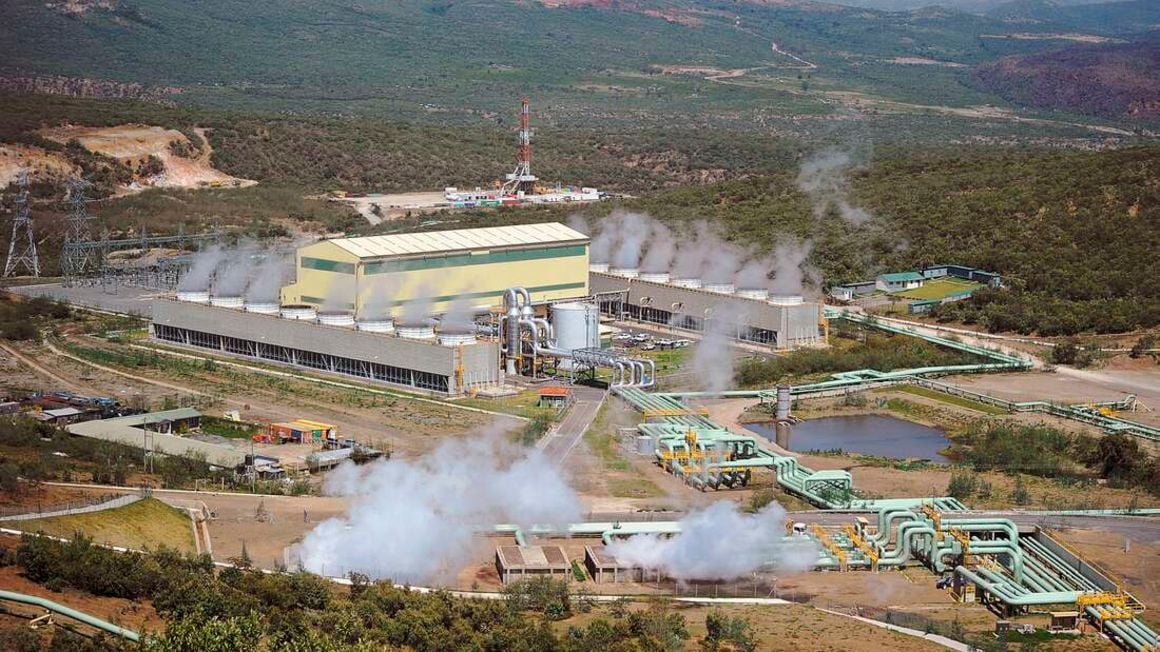Muhoroni Gas Turbine supplies the costliest electricity to the national grid at Sh56.73 for every unit, according to an official report that lifts the lid on the expensive power deals that have been passed to consumers in the form of high bills.
A detailed analysis by the Business Daily of official data tabled in Parliament last week shows that Muhoroni Turbine’s price is more than double that of the second-most expensive generator, Iberafrica Power, which sells a unit to Kenya Power for Sh28.24. Rabai Power comes third at Sh24.04 a unit.
The major comeback of thermal power generators on the national grid after overtaking wind and hydro to become the second biggest sources of electricity in March has added more pain to consumers after reversing a five-year trend of cutting off diesel plants that have been blamed for high power bills.
Most power producers declined a proposal by the government to renegotiate the wholesale tariffs in a bid to lower them and ease the pressure on consumers.
“Negotiation teams under the Ministry of Energy and Petroleum are preparing to engage all power purchase agreements (PPAs) to reduce the cost of power. Negotiations to start in July and end by December 2023,” Kenya Power says in a report tabled before Parliament.
A presidential task force in 2021 recommended the renegotiation of power purchase deals between Kenya Power and the producers to ease the burden of high costs on consumers.
Gulf Power, where Kenya Power has ownership through its staff retirement benefits scheme, sells the fifth costliest electricity to the grid at Sh23.23 per unit.
The State-owned KenGen has the cheapest power at Sh4.71 a unit while OrPower 4 Inc sells a unit of its geothermal power at Sh14.33, making it the most expensive of all geothermal plants contracted by Kenya Power.
Kenya Power has contracted 21 power producers under contracts that run for between 20 and 25 years.

Electricity tariffs rose from April 1 in line with the three-year tariff review, with an average increase of 15 percent to 20 percent.
Consumption charge for lifeline customers— lowest consumption band— rose to Sh12.22 per unit from Sh10.
Increased tapping of the thermal plants in the wake of prolonged drought led to a hike in the fuel surcharge, further increasing bills until the start of last month when the charge and the forex adjustment fell, leading to a drop in electricity bills.
The data further show that a unit of thermal power is three times more expensive than that of geothermal—the biggest source of electricity in the national grid.
A unit of geothermal power averages Sh8 compared to Sh27.90 for electricity from thermal plants. On average, a unit of power from wind sources goes for Sh10.9 while that from solar averages Sh15.73.
But Kenya Power taps electricity from thermal plants to meet peak demand or compensate for dwindling contribution from the hydro plants, meet peak demand and avoid outages in the case of a plant breaking down.
The Feed in Tariff prioritises electricity sourced from clean sources like wind, solar, geothermal and hydro.
Geothermal accounted for the biggest share of the national electricity mix at 45.21 percent as at May followed by hydro (21.05 percent), wind (16.08 percent), solar (3.92 percent) and imports from Ethiopia and Uganda (5.29 percent).
A unit of electricity imported from Ethiopia costs Sh9.13 compared to Sh14.31 for power bought from Uganda.
Kenya is banking on electricity imports and increased tapping of geothermal to progressively cut reliance on thermal plants and help stem the spike in electricity costs.



